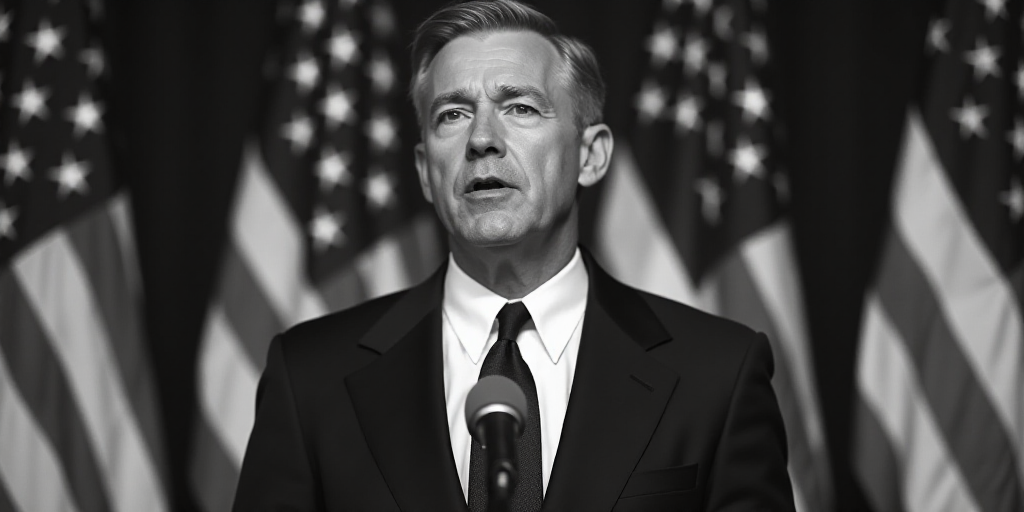Background on Jerome Powell and the Federal Reserve
Jerome Powell, the current Chair of the Federal Reserve (the central banking system of the United States), has been at the helm since February 2018. As the head of one of the world’s most influential central banks, Powell plays a crucial role in shaping U.S. monetary policy and influencing global financial markets.
Powell’s Recent Speech at Jackson Hole Symposium
During his final speech as Fed Chair at the Jackson Hole Economic Symposium, Powell addressed the complexities facing the U.S. economy and the challenges in distinguishing between cyclical and structural changes.
Policy Changes and Their Impact
Powell acknowledged that the current stance of monetary policy, with its restrictive federal funds rate and shifting risks for inflation and employment, could justify a change in the overall monetary stance.
He highlighted that it’s essential to differentiate between cyclical developments and structural changes, as monetary policy has limited capacity to alter scenarios driven by structural shifts.
Current Economic Situation
Powell explained that, at present, short-term inflation risks are on the rise while employment risks are declining, creating a complex situation.
He emphasized that when objectives are in such a tense state, the Fed’s framework requires balancing both aspects of its dual mandate: price stability and maximum employment.
Economic Growth and Labor Market
Powell noted that U.S. economic growth has significantly slowed in the first half of the year, largely due to a decrease in consumer spending.
He also pointed out that the labor market appears balanced, with an unusual equilibrium resulting from both supply and demand for workers showing downward risks.
He stressed that caution is necessary when considering policy changes due to the stability of unemployment rates and other labor market indicators.
Inflation Uncertainty
Trade Policies and Inflation Effects
Regarding inflation, Powell mentioned that the effects of tariffs on consumer prices are now evident.
He stated that these tariff-induced effects on inflation are expected to accumulate over the coming months, with high uncertainty about their timing and magnitude.
The critical question for monetary policy, according to Powell, is whether these effects will contribute to a persistent inflation problem.
Powell’s Base Case Scenario
Powell suggested that a reasonable base case is that the impact on inflation will be relatively brief, with only a one-time change in price levels.
However, he cautioned that a single impact does not imply an immediate effect, as tariff increases will continue to take time to permeate through supply chains and distribution networks.
Powell also acknowledged the possibility that upward pressure from tariffs on prices could lead to a more prolonged inflationary dynamic, which should be evaluated as a risk.
Key Questions and Answers
- What is the current stance of monetary policy? The federal funds rate remains restrictive, and there are shifting risks for inflation and employment.
- Why is it important to differentiate between cyclical and structural changes? Monetary policy has limited capacity to address scenarios driven by structural shifts.
- What is the current state of U.S. economic growth? Economic growth has slowed significantly in the first half of the year, largely due to decreased consumer spending.
- How is the labor market currently positioned? The labor market appears balanced, with both supply and demand for workers showing downward risks.
- What are the current inflation concerns? Tariffs have led to visible effects on consumer prices, with accumulating inflation risks in the coming months.
- What is Powell’s base case scenario for inflation? A relatively brief impact on inflation, with a one-time change in price levels.
- What risks does Powell highlight regarding inflation? The possibility that tariff-induced upward pressure on prices could lead to a more prolonged inflationary dynamic.






